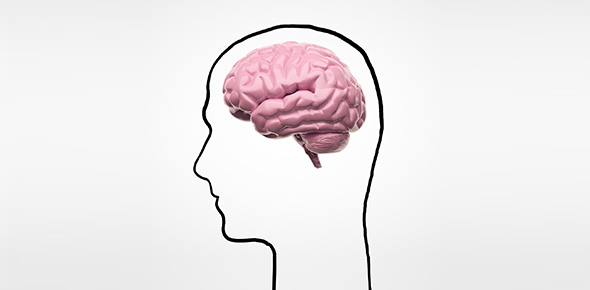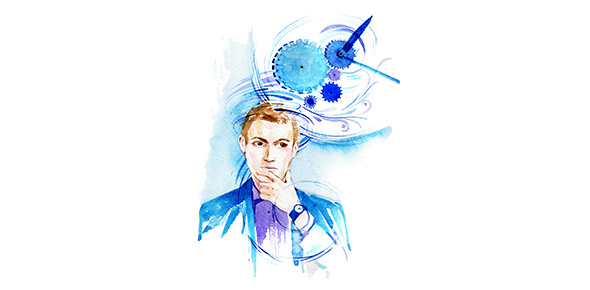Related Flashcards
Related Topics
Cards In This Set
| Front | Back |
|
Mechanoreceptors
|
These structures detect changes in pressure, movement, temperature, or other mechianical forces. Massage stimulates these sensory receptors.
|
|
Pacinian (Lamellated) Corpuscles
|
This type of corpuscle senses brief touch, pressure, and high-frequency vibrations. Located in the submucosal, subcutaneous, and connective tissue of the hands, feet, genitals, joints, and other strucutres, pacinian corpuscles respond to most forms of rapdily changing mechanical stimulation.
|
|
Meissner's Corpuscles
|
These corpuscles are touch receptors found in the hairless portions of the skin, mainly on the palms, fingertips, and soles of the feet, and on the eyelids, lips, tongue, and genitals. Can identify the exact location of touch, the initial onset of touch, and low frequency vibration, adapt quickly.
|
|
Hair Root (Root Hair) Plexuses
|
This type of plexus is a network of dendrites that surrounds hair follicles. Subtle hair movements such as those caused by light touch or a soft breeze stimulate hair root plexuses. Respond and adapt quickly.
|
|
Ruffini's End organs
|
These structures are touch and pressure receptors located in the deeper areas of hairy portions of skin and in our joints. They recognize heavy and continuous touch, pressure, steady position, and direction of movement.
|
|
Merkel's Disks
|
These disks are a type of mechanoreceptor and are known as thermal receptors. One type detects warmth, and another type sesnses the lack of warmth or coolness. The brain compares this info to help identify what we would perceive as hot, warm, cool or cold.
|
|
Nociceptors
|
Specific free nerve endings that detect painful stimuli. Overstimulation of any of the thermal receptors can signal pain as a protective response.
|
|
Proprioceptors
|
Mechanical receptors that provide us with info about position and movement.
|
|
Muscle Spindles
|
Muscle spindles are located primarily in the belly of the muscle. They are stretch receptors that monitor and respond to sudden and excessive lengthening. Send signals to the spinal cord to inhibit actions in the antagonist muscle.
|
|
Golgi Tendon Organs
|
Found in tendons and musculotendinous junctions, respond to increases in tension. Signals they send out produce a slight stimulation to the antagonist muscle, which prevents return responses from reaching the signaling muscle, causing it to relax.
|





